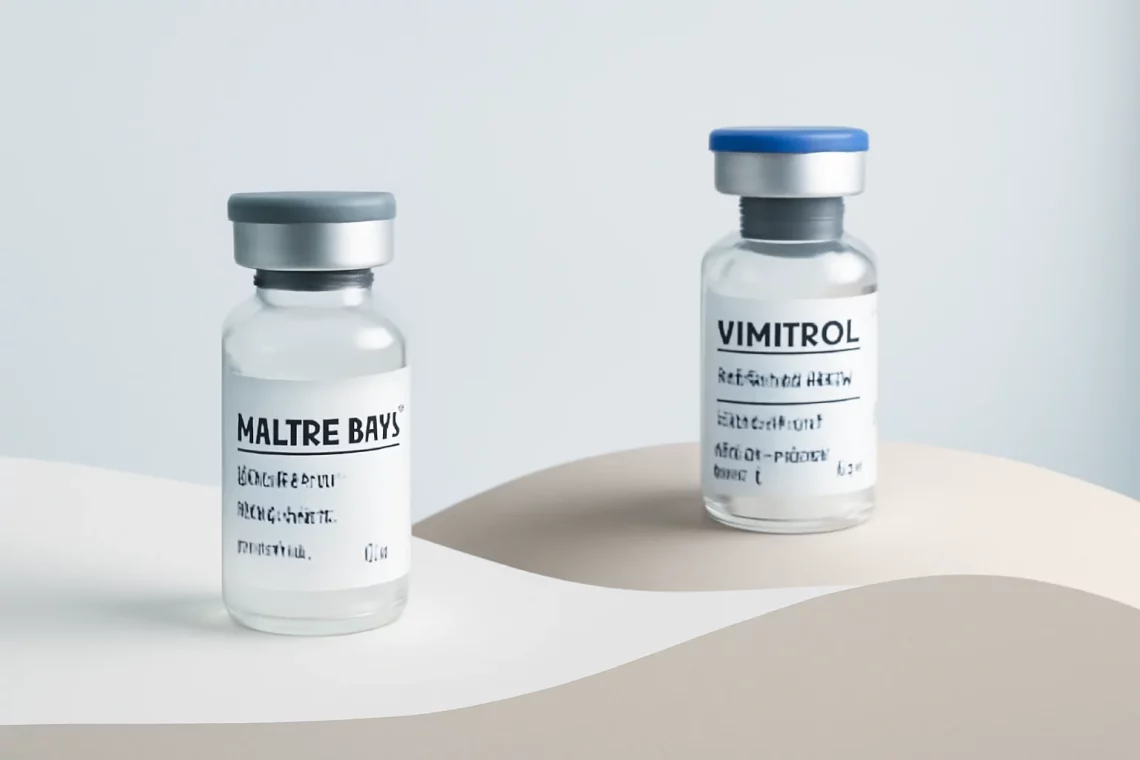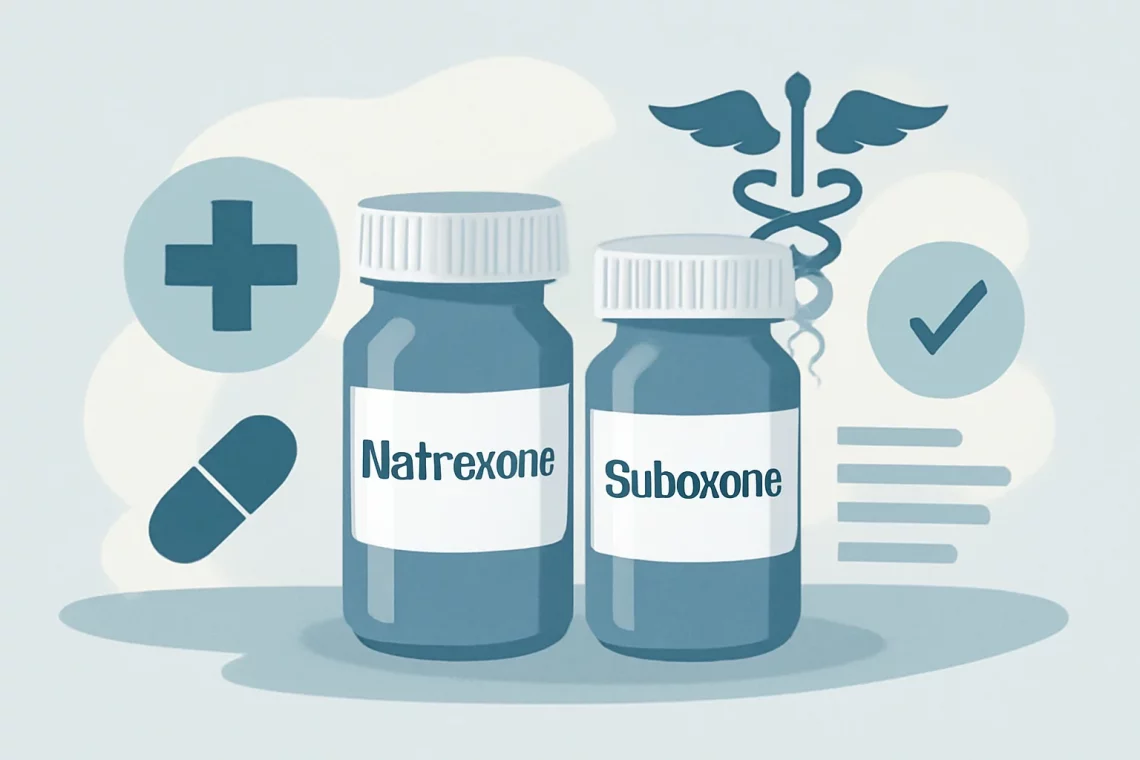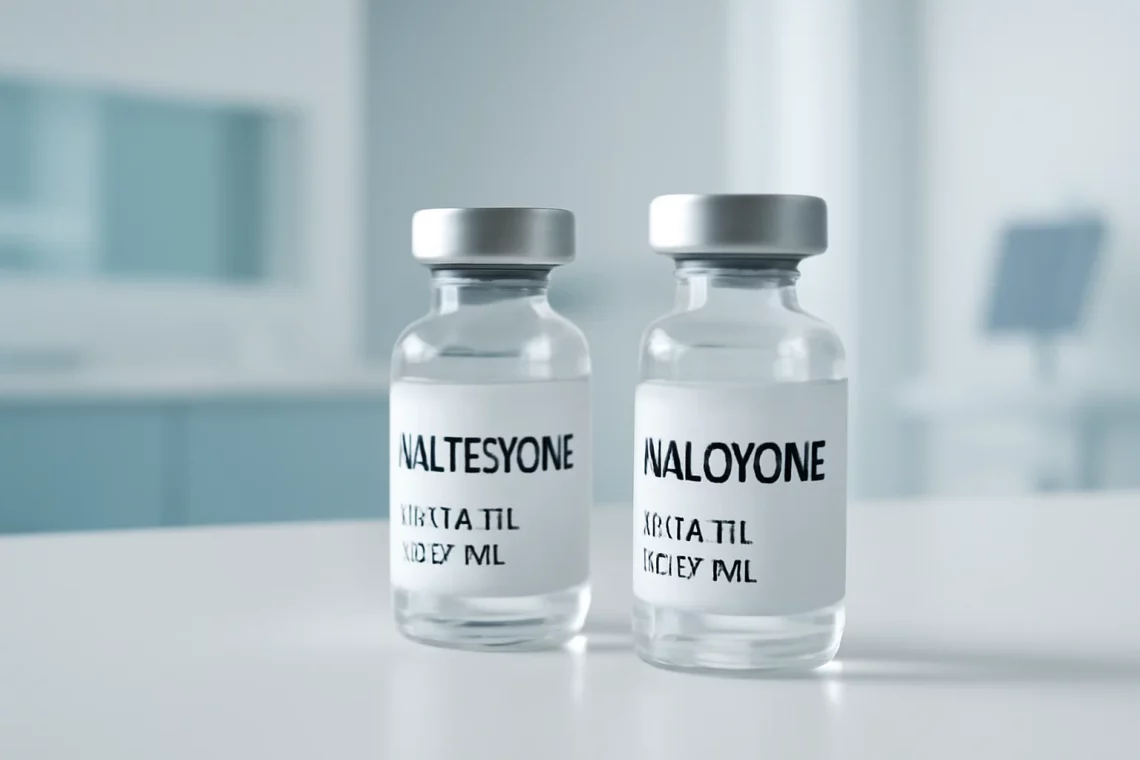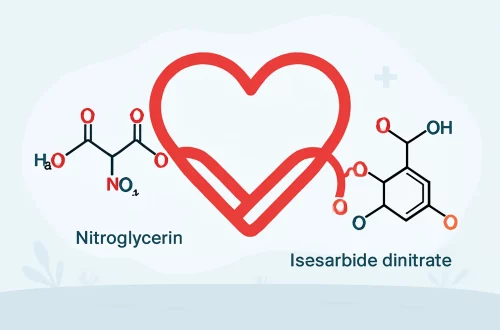-
Naltrexone vs Vivitrol: Understanding Their Differences and Uses
Naltrexone and Vivitrol are two significant medications that play a crucial role in the treatment of substance use disorders, particularly opioid and alcohol dependence. Understanding their distinctions and applications is vital for patients, healthcare providers, and loved ones affected by addiction. Both Naltrexone and Vivitrol work by blocking the effects of opioids, thereby reducing cravings and preventing relapse. However, their mechanisms, formulations, and administration methods vary significantly. Naltrexone is an oral medication that can be prescribed for patients to take daily, while Vivitrol is a long-acting injectable formulation that is administered once a month. This difference in delivery can influence compliance and effectiveness, making it essential for individuals to understand…
-
Naltrexone vs Suboxone: Understanding the Key Differences and Benefits
Naltrexone and Suboxone are two medications commonly used in the treatment of substance use disorders, particularly opioid dependence. As the opioid crisis continues to affect countless individuals and communities, understanding the distinctions between these medications becomes increasingly important. Both Naltrexone and Suboxone serve unique roles in the recovery process, yet they operate through different mechanisms and have varying applications. Naltrexone is an opioid antagonist, meaning it blocks the effects of opioids at their receptor sites, thereby reducing cravings and the potential for relapse. In contrast, Suboxone is a combination of buprenorphine, a partial opioid agonist, and naloxone, which helps prevent misuse. This combination not only alleviates withdrawal symptoms but also…
-
Naltrexone vs Buprenorphine: Understanding Their Differences and Uses
Naltrexone and buprenorphine are two medications that have gained attention in the field of addiction treatment and pain management. Both drugs operate on the brain’s opioid receptors but do so in markedly different ways. Understanding these differences is crucial for healthcare providers, patients, and families navigating the complex landscape of opioid use disorder and chronic pain management. Naltrexone is primarily known for its role in treating alcohol and opioid dependence, as it can block the euphoric effects of these substances, thereby reducing cravings. On the other hand, buprenorphine is a partial opioid agonist that can alleviate withdrawal symptoms and cravings without producing the intense high associated with full agonists. This…
-
Naltrexone vs Methadone: Which is More Effective for Addiction Treatment?
The battle against substance use disorders has led to the development of various treatment options designed to assist individuals in overcoming addiction. Among these options, Naltrexone and Methadone stand out as two prominent medications, each with unique properties, mechanisms of action, and therapeutic uses. Understanding these medications’ differences and similarities is crucial for patients, healthcare providers, and families affected by addiction. Naltrexone is an opioid receptor antagonist that works by blocking the euphoric effects of opioids. It is primarily used in the treatment of opioid use disorder and alcohol dependence. By inhibiting the pleasurable sensations associated with these substances, Naltrexone can help individuals reduce cravings and maintain sobriety without experiencing…
-
Naltrexone vs Naloxone: Understanding Their Differences and Uses
Naltrexone and naloxone are two medications that often come up in discussions surrounding addiction treatment and opioid overdose response. Both drugs belong to the class of opioid receptor antagonists, which means they work by blocking the effects of opioids in the brain. While they share some similarities, their uses, mechanisms, and effects differ significantly. Understanding the distinctions between naltrexone and naloxone is crucial for healthcare professionals, patients, and families affected by substance use disorders. The opioid epidemic has made the need for effective treatment options and emergency responses more urgent than ever. As communities strive to combat addiction and reduce the number of opioid-related deaths, these two medications play vital…
-
Naltrexone vs Contrave: Understanding the Key Differences and Benefits
When it comes to weight management and addiction treatment, Naltrexone and Contrave are two terms that often come up in discussions among healthcare professionals and patients alike. As the prevalence of obesity and substance use disorders continues to rise, understanding the medications available for these conditions has never been more critical. Both Naltrexone and Contrave have distinct mechanisms of action, indications, and side effect profiles, making them suitable for different patient populations. This article aims to demystify these medications, shedding light on their uses, benefits, and potential drawbacks. Naltrexone is primarily known as an opioid receptor antagonist, often prescribed to help individuals overcome addiction to opioids or alcohol. By blocking…
-
Sublocade vs Naltrexone Which is More Effective for Opioid Addiction?
Sublocade and Naltrexone are two medications that have garnered attention for their roles in the treatment of substance use disorders, particularly opioid dependence. As the opioid crisis continues to affect communities globally, the need for effective treatment options becomes increasingly urgent. Both Sublocade and Naltrexone serve as alternatives to traditional methods of addiction treatment, but they operate through different mechanisms and offer various benefits and challenges. Understanding these differences is crucial for patients and healthcare providers alike, as it can influence treatment decisions and outcomes. In the landscape of addiction treatment, it’s essential to explore how these medications function, their administration methods, potential side effects, and the overall impact they…
-
Naltrexone vs Campral: Choosing the Right Treatment for Alcohol Dependence
The journey toward recovery from substance use disorders can be challenging, often requiring a multifaceted approach that combines therapy, support, and sometimes medication. Among the various options available to individuals seeking to overcome alcohol dependence, two medications, Naltrexone and Campral, have emerged as popular choices. While both aim to assist individuals in their recovery journeys, their mechanisms of action, side effects, and suitability for different individuals can vary significantly. Understanding these medications is crucial for individuals, families, and healthcare providers involved in the treatment of alcohol use disorder. As awareness of addiction and its treatment continues to grow, so too does the need for informed decisions regarding the use of…































